When your check engine light illuminates and you find the P0018 code, don’t panic! This diagnostic trouble code indicates a correlation issue between the crankshaft and camshaft position sensors on bank 2, sensor A.
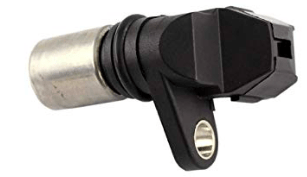
You might experience rough idling, poor acceleration, or decreased fuel efficiency if this problem persists.
Think of your engine as a finely choreographed dance between various components. When the timing is off, even by a few degrees, the whole performance suffers.
P0018 is your car’s way of saying the dancers aren’t in sync. It’s like showing up to a waltz competition and realizing your partner is doing the cha-cha.
Causes can range from a stretched timing chain to faulty sensors.
Don’t worry, though – with a bit of detective work and maybe some elbow grease, you’ll have your engine’s rhythm back in no time.
Just remember, ignoring this code is like trying to dance with two left feet – it won’t end well for anyone involved!
Key Takeaways
- P0018 indicates a timing issue between crankshaft and camshaft sensors
- Common symptoms include rough idling and decreased engine performance
- Proper diagnosis and timely repair can prevent more serious engine damage
Understanding the Basics
Engine timing is like a choreographed dance between your camshaft and crankshaft. When they’re in sync, your car purrs like a kitten. But when they’re out of step, you might find yourself dealing with the dreaded P0018 code.
Fundamentals of Camshaft and Crankshaft
Your engine’s camshaft and crankshaft are like the dynamic duo of internal combustion.
The crankshaft, that spinning maestro at the bottom of your engine, converts the up-and-down motion of your pistons into rotational power. It’s what makes your wheels go ’round.
Meanwhile, the camshaft is the timekeeper, opening and closing valves with precision. It’s like a traffic controller for the fuel and air entering your engine’s cylinders.
These two need to work together in perfect harmony. When they don’t, it’s like your engine is trying to waltz while your transmission is doing the cha-cha. Not a pretty sight – or sound!
Roles of Sensors in Engine Timing
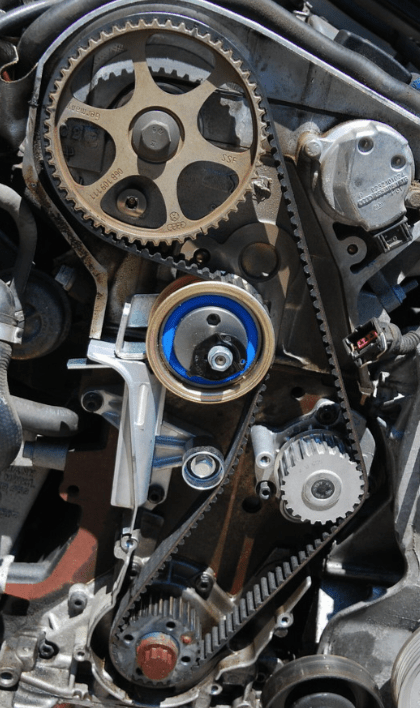
Now, let’s talk about the unsung heroes of your engine – the sensors.
Your camshaft position sensor and crankshaft position sensor are like eagle-eyed referees, constantly monitoring the game.
The crankshaft position sensor keeps tabs on the position and rotational speed of the crankshaft. It’s like having a speedometer for your engine’s internals.
Your camshaft position sensor, on the other hand, is all about timing.
It tells your car’s computer when each cylinder reaches top dead center on the exhaust stroke. This info is crucial for ignition timing and fuel injection.
Together, these sensors ensure your engine’s ballet is perfectly timed. When they’re working right, you’ve got a smooth-running machine. When they’re not… well, that’s when P0018 might crash your party.
What is P0018, and Why Does it Matter?
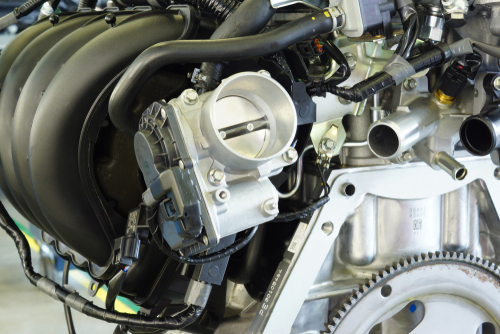
P0018 is like a check engine light with an attitude. It’s telling you there’s a mismatch between your crankshaft and camshaft position sensors on Bank 2.
Bank 2, by the way, is typically the side of the engine opposite the number one cylinder.
This code matters because it’s a sign your engine’s timing is off.
It’s like your car’s internal clock is running a few minutes fast – or slow. This can lead to poor performance, reduced fuel economy, and in severe cases, engine damage.
The causes can range from a stretched timing chain to faulty sensors or wiring.
It’s not always a catastrophe, but it’s definitely something you want to address sooner rather than later. After all, you wouldn’t ignore your watch if it started running backwards, would you?
Diagnosing the Issue
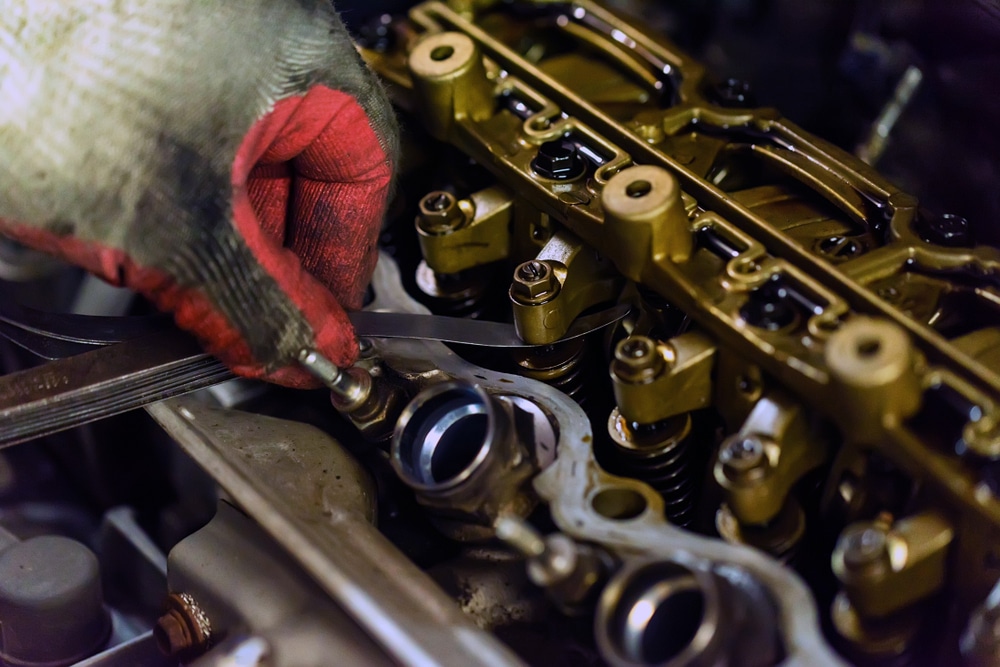
Decoding the P0018 code isn’t rocket science, but it does require some automotive know-how and the right tools. Let’s get your hands dirty and figure out what’s making your engine’s timing go haywire.
Tools Needed for Proper Diagnosis
You’ll want to arm yourself with a few key tools before diving in.
First up, grab a quality OBD-II scanner. This little gadget is your ticket to cracking the P0018 code mystery.
Don’t forget a multimeter – it’ll be your best friend when checking those finicky electrical connections.
You might also need a timing light and a vacuum gauge. These will help you check if your engine’s timing is as off-beat as a drunk drummer.
And hey, don’t forget some good old-fashioned elbow grease – you’ll need it!
Steps to Decode P0018
Ready to play detective?
First, hook up your OBD-II scanner and read the code. P0018, you say? Bingo!
Now, clear that pesky Check Engine Light and take your ride for a spin. If the light comes back on, you’ve got a persistent problem on your hands.
Next, check the engine oil level and condition. Low or dirty oil can mess with your variable valve timing system faster than you can say “oil change.”
Inspect the timing chain or belt. If it’s looser than your uncle’s dentures, you might have found your culprit.
Don’t forget to check the camshaft and crankshaft sensors – they might be taking an unscheduled nap on the job.
Interpreting Scan Tool Data
Now, let’s make sense of all those numbers on your scan tool.
You’re looking for any discrepancies between the crankshaft and camshaft position sensor readings. If they’re not in sync, your engine’s timing is off, and that’s why you’re seeing the P0018 code.
Pay attention to the freeze frame data. It’s like a snapshot of your engine’s vital signs when the code was triggered. Look for any unusual RPM readings or sudden changes in engine load.
Remember, interpreting this data is more art than science.
If you’re feeling overwhelmed, don’t be afraid to call in a pro. Sometimes, a trained eye can spot things that might leave you scratching your head.
Common Causes and Symptoms
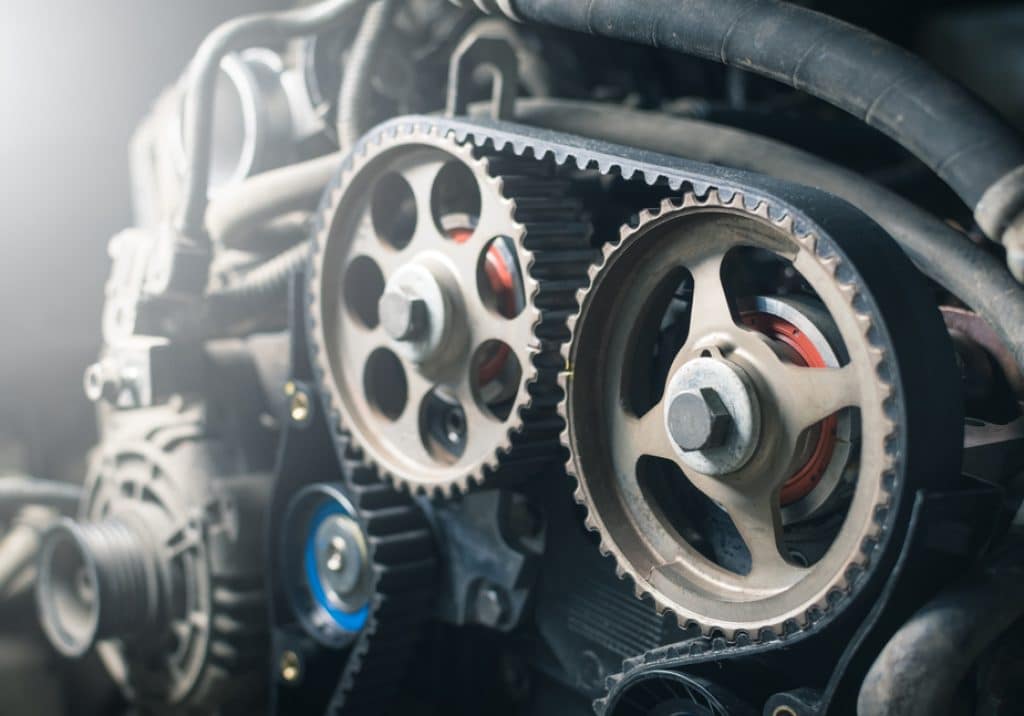
When your engine throws a P0018 code, it’s telling you there’s a mismatch between what your crankshaft and camshaft are doing. This can lead to a whole host of issues that’ll make your ride about as smooth as a rollercoaster on a gravel road.
Timing Issues and Component Failures
Your engine’s timing is like a delicate dance, and when the dancers are out of step, things go south fast.
A stretched timing chain is often the culprit here. It’s like an old pair of suspenders that just can’t hold things up anymore.
Worn tensioners can also cause this code to pop up. Think of them as the bouncers of your engine, keeping everything in line. When they slack off, chaos ensues.
Jumped timing is another usual suspect. It’s like your engine decided to skip a few beats in its rhythm, and now the whole song’s off.
Electrical Problems and the Camshaft/Crankshaft Sensors
Your camshaft and crankshaft sensors are the gossips of your engine, always chattering about position. When they stop talking or start lying, you’ve got trouble.
Faulty sensors can cause your P0018 headache. It’s like having a GPS that thinks you’re in Timbuktu when you’re actually in Toledo.
Wiring issues are another common problem. Frayed or corroded wires are like bad phone lines – the message just isn’t getting through clearly.
Don’t forget about your Variable Valve Timing (VVT) system.
When it goes haywire, it’s like trying to conduct an orchestra where half the musicians are playing a different song.
Oil-Related Issues and P0018
Oil isn’t just a lubricant in your engine; it’s also a hydraulic fluid for your VVT system.
Low oil pressure can throw a wrench in the works faster than you can say “dipstick.”
Dirty oil is another troublemaker. It’s like trying to swim through molasses – everything slows down and gets gunked up.
Oil leaks can cause pressure drops, leading to timing issues. It’s like trying to run a water park with a leaky pipe – things just don’t flow right.
Remember, regular oil changes are your best defense against these issues.
It’s like giving your engine a spa day – it’ll thank you with smooth performance and fewer headaches down the road.
Fixing the Problem

Addressing a P0018 code requires careful diagnosis and precise repair. The fix can range from simple adjustments to more complex engine work.
When to Tackle the Repair Yourself
Got a knack for tinkering? You might be able to handle this one.
Start by checking your timing belt or chain. If it’s loose or worn, you’re in luck – that’s an easy fix for a weekend warrior.
Next, take a gander at your crankshaft reluctor wheel. If it’s damaged, you’ll need steady hands and patience to replace it.
Don’t forget to consult your trusty repair manual – it’s like having a grumpy old mechanic in your pocket.
Feeling brave? You could try cleaning or replacing the camshaft and crankshaft sensors.
Just remember, one wrong move and you’ll be calling a tow truck faster than you can say “oops.”
When to Call in the Pros
Sometimes, you’ve got to know when to fold ’em. If your engine timing is off, it’s time to wave the white flag.
A qualified mechanic has the tools and know-how to realign everything without turning your engine into a fancy paperweight.
Variable valve timing issues? That’s another job for the pros. They’ll diagnose whether it’s a faulty solenoid or a more serious problem lurking in your engine’s depths.
If you’ve checked everything and the code still won’t clear, it’s time to admit defeat. A professional diagnostic scan can reveal hidden gremlins that your basic code reader missed.
Technical Bulletins and Manufacturer Guidance
Before you start throwing parts at the problem, check for Technical Service Bulletins (TSBs). These nuggets of wisdom from the manufacturer can save you hours of head-scratching.
Some carmakers have specific procedures for dealing with P0018.
For example, certain Subaru models might need a PCM reflash. Others might require a particular tightening sequence for the timing chain.
Don’t forget to check online forums for your specific make and model.
Sometimes, fellow gearheads have already cracked the code and can point you in the right direction. Just take their advice with a grain of salt – not every internet mechanic is as skilled as they claim to be.
Prevention and Maintenance
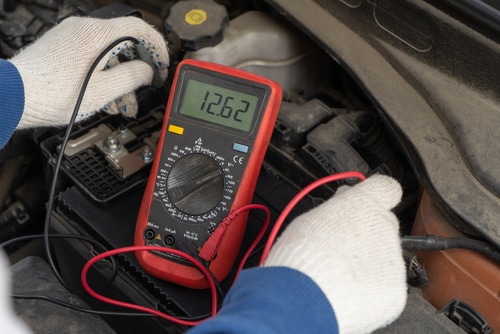
Taking care of your engine can help you avoid the dreaded P0018 code. Let’s dive into some key preventive measures that’ll keep your ride purring like a kitten.
Regular Maintenance Schedule
You know that feeling when you’re due for a haircut? Your car feels the same way about maintenance.
Stick to your manufacturer’s recommended service intervals like glue.
Get your timing chain or belt checked regularly.
These bad boys can stretch over time, throwing off the crankshaft and camshaft correlation. It’s like your engine’s heartbeat going out of rhythm.
Don’t forget about those VVT actuators.
They’re the unsung heroes of engine performance. Have your mechanic give them a once-over during routine check-ups.
Keeping an Eye on Engine Oil
Oil is the lifeblood of your engine, folks. Neglect it, and you’re asking for trouble.
Check your oil level regularly.
It’s as easy as pulling out the dipstick and wiping it on your least favorite shirt. (Just kidding, use a rag!)
Use the right grade of oil.
Your engine’s a picky eater, so feed it what it likes. The wrong oil can gum up those VVT components faster than you can say “P0018.”
Pay attention to oil quality. If it’s looking darker than your morning coffee, it’s time for a change.
Dirty oil can wreak havoc on engine performance and fuel efficiency.
Consider synthetic oil.
It’s like giving your engine a spa day. It handles heat better and keeps those vital parts lubricated longer.
Understanding the Role of VVT in Your Vehicle
Variable Valve Timing (VVT) is like the conductor of your engine’s orchestra. When it’s off-beat, you get that pesky P0018 code.
Learn to recognize the signs of VVT issues.
Decreased engine performance, poor fuel mileage, or that check engine light glaring at you could all be hints.
Listen to your engine.
Unusual ticking or rattling noises might be your VVT system crying for help. It’s like your car’s way of saying, “Hey, pay attention to me!”
Don’t ignore those engine codes.
If your car starts flashing more lights than a disco ball, get it checked out pronto.
A well-maintained VVT system is key to optimal engine performance and fuel efficiency. It’s the difference between your car purring like a kitten or coughing like it’s got a hairball.
Frequently Asked Questions
Dealing with a P0018 code can be confusing and even a bit scary. Let’s tackle some common questions to help you understand what’s going on under your hood and how to handle it.
Can I drive my car if I’ve been greeted with a P0018 code, or is it time to pull over and call for a tow?
You might be able to limp home, but it’s not recommended.
This code indicates a timing issue between your crankshaft and camshaft, which can lead to some serious engine damage if ignored. Better safe than sorry – get it towed if you can.
What mystical powers does the P0018 code possess that could potentially cause trouble in my vehicle?
No magic here, just some potential mechanical mayhem.
You might experience rough idling, poor acceleration, or even stalling. In worst-case scenarios, it could lead to valve and piston damage, which is about as fun as finding a nest of gremlins in your engine bay.
If I were to tackle the P0018 code head-on, what magical incantations—or techniques—do I need to fix it?
Roll up your sleeves, because this might get messy.
You’ll need to check the timing chain or belt, inspect the camshaft and crankshaft sensors, and possibly test the VVT system. If you’re not comfortable with these tasks, it’s best to leave it to the pros.
What sort of treasure, or cost, am I looking at to repair a camshaft position sensor for bank 2?
Your wallet might feel a bit lighter, but it’s not going to be emptied completely.
Replacing a camshaft position sensor typically costs between $150 to $300. However, if the issue is more complex, like a stretched timing chain, you could be looking at a heftier bill.
Where exactly would I find this elusive camshaft position sensor for Bank 2 Sensor A, or is it hiding in a place only known to wizards?
No need for a treasure map here.
The camshaft position sensor for Bank 2 Sensor A is usually located near the cylinder head on the engine block. It’s often on the rear of the engine, but the exact location can vary depending on your vehicle’s make and model.
Could you elucidate what exactly ‘camshaft to crankshaft position correlation’ means, or is it an enigma wrapped in a riddle?
It’s not as mysterious as it sounds. This correlation refers to the timing relationship between your engine’s camshaft and crankshaft.
When they’re out of sync, it’s like a dance where one partner is doing the tango and the other is breakdancing.
Your engine needs them to be in perfect harmony for optimal performance.
